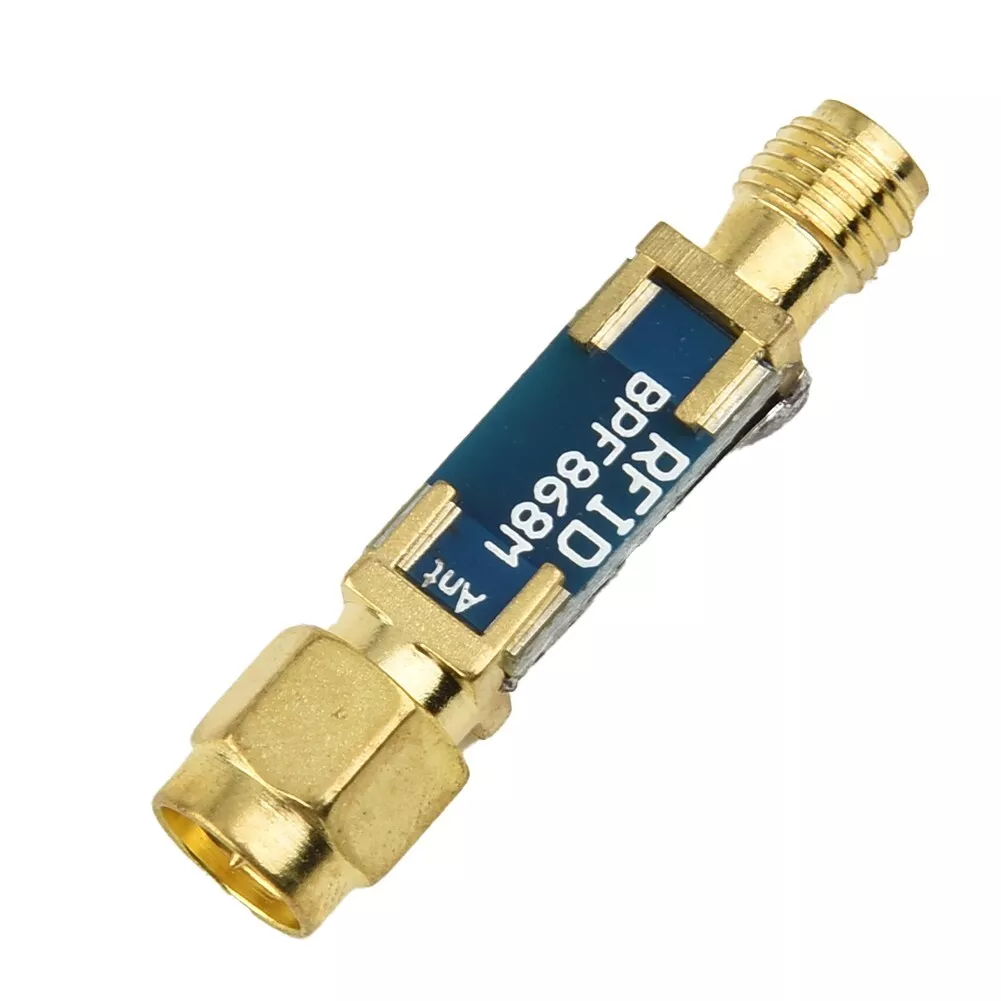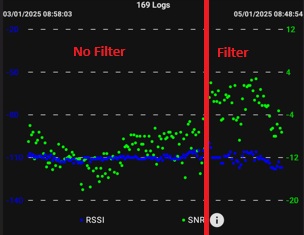So I had an interesting discussion on discord with some of the other local mesh contributors about why Meshtastic modules seem to perform poorly in locations which should be great such as the top of local hills. One theory is the abundance of other communication devices here could be interfering with the modules which are low cost devices predominantly from China.
So are they filtered? How effectively? Can we improve it?
I have two Heltec V3 modules installed permanently at my home location. I have noticed that the omnidirectional node does not give the expected performance, in fact some nodes route reliably through the node with a directional antenna even when the directional antenna is not pointed in their direction! Could it be that there is a local source of interference that the directional antenna is less susceptible to? Another interesting observation is that the received Signal to Noise Ratio (SNR) seen on the application metrics is normally worse on the receive path than is seen on the transmit path. I don’t have a lot of fancy equipment to figure it all out, but I do have an eBay account and around $10….

These filters are available at low cost on eBay (and other online retailers). Perhaps this would improve the situation? I purchased one from the land of China and 2 – 3 weeks later I’m ready to find out!
The eBay seller page showed an excellent roll off graph but for less than $10 can we trust it? I did my own test with a VNA to make sure. It’s not quite the response shown in the seller’s info but it should be good enough!

The next step was to install it on top of the mast between the Heltec radio module and the antenna. As I didn’t want to have to take anything apart I opted for a bodge. I wrapped the filter in plenty of self amalgamating tape to make it (hopefully) waterproof and fitted it externally. It’s only going to be temporary (unless it works).

Does it work? My expected results are:
- Transmit power to the antenna should be slightly reduced by the loss through the filter so I anticipate that my Signal to Noise Ratio (SNR) as seen by other nodes will reduce slightly.
- On receive the received signal strength will be slightly reduced by loss in the filter but the noise should be significantly reduced so the other all SNR should be better.

The results:
Looking at the metrics to a local directly connected node you can clearly see the improvement in SNR once the filter is installed!
Conclusion – The Heltec V3 modules definitely benefit from additional filtering. Although there is a filter built into the unit (according to the schematic) this appears to be a fairly simple Pi filter – presumably low pass to prevent harmonic emissions. As the Heltec V2 covers the 433 band as well as the US and EU LoRa bands this is most certainly not an optimised solution.
It’s also possible that this circuitry is aimed more at impedance matching than filtering. It’s difficult to understand the manufacturers intentions as there are no component values on the schematic and it would be difficult to measure this no-destructively on the physical modules.
